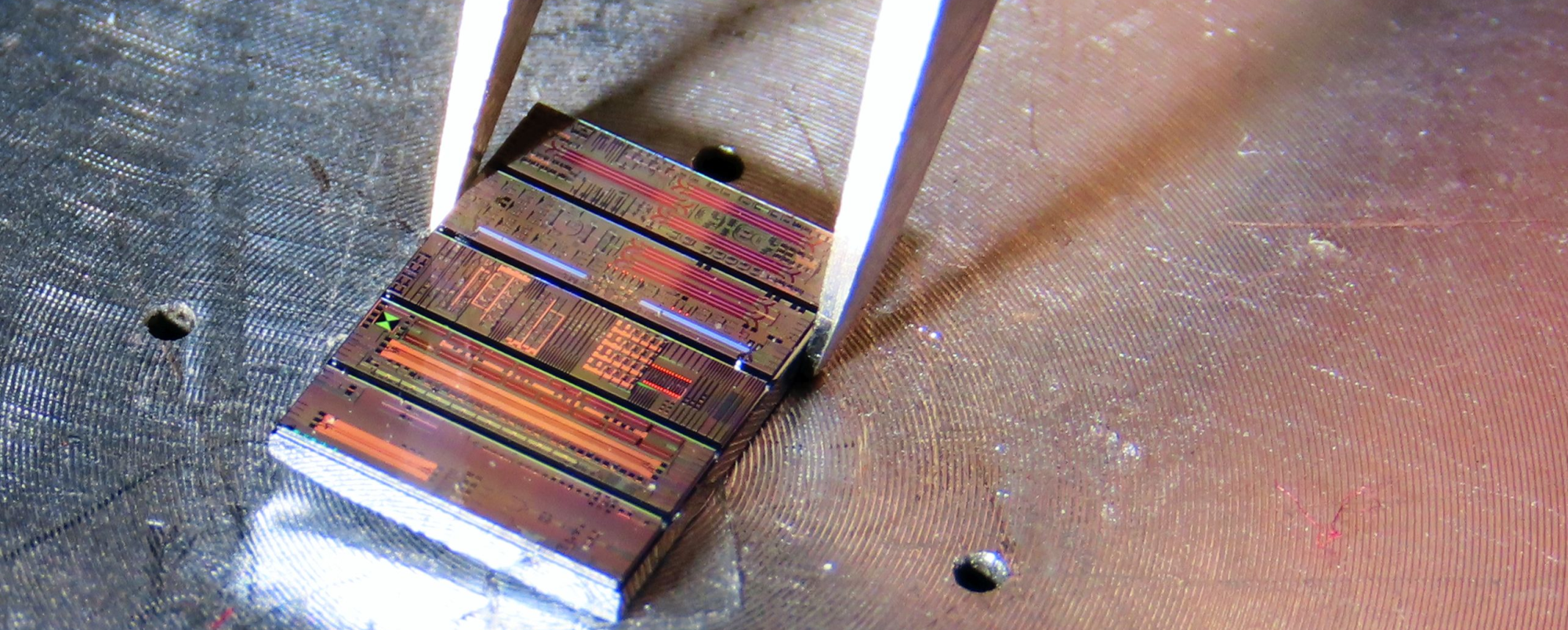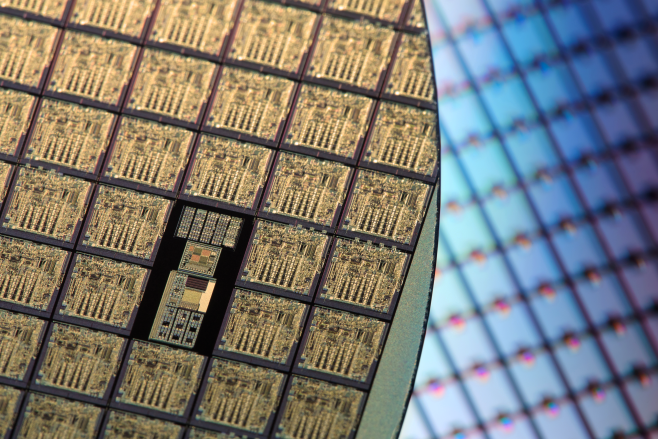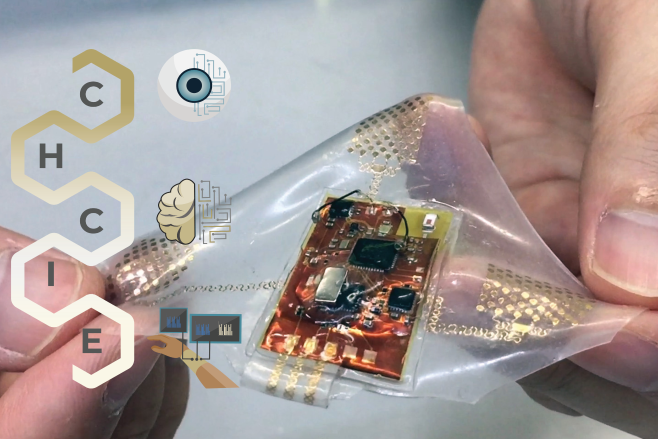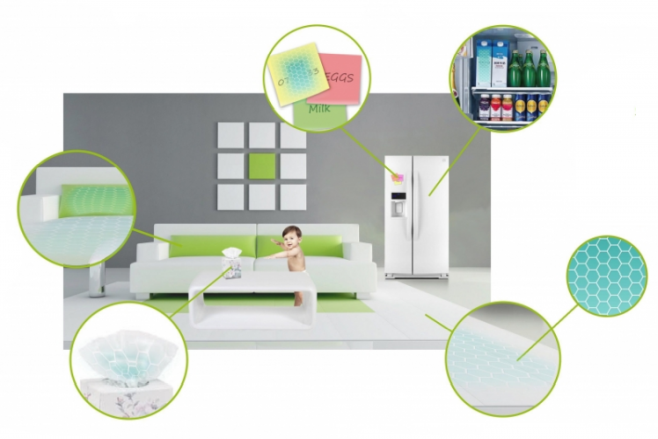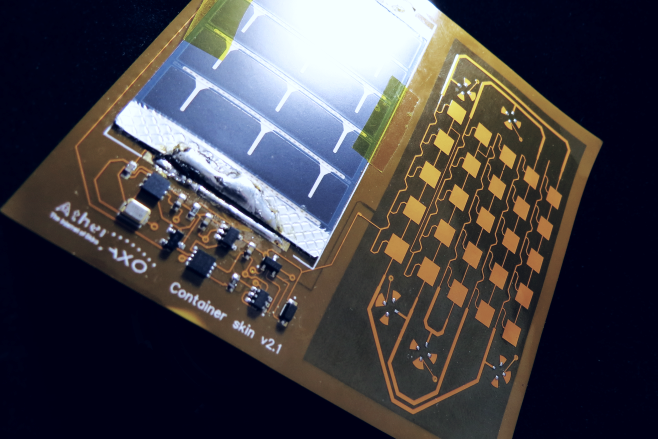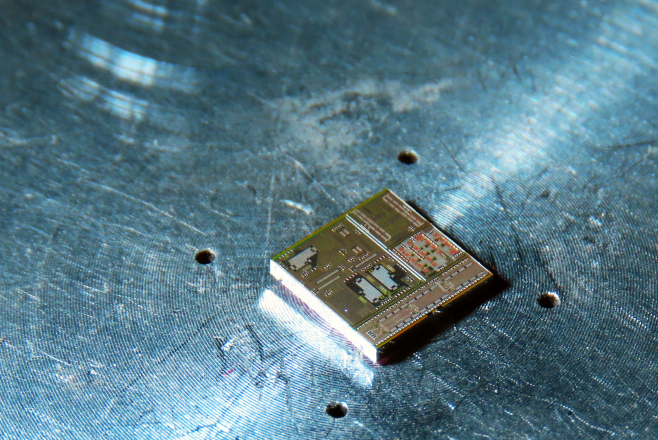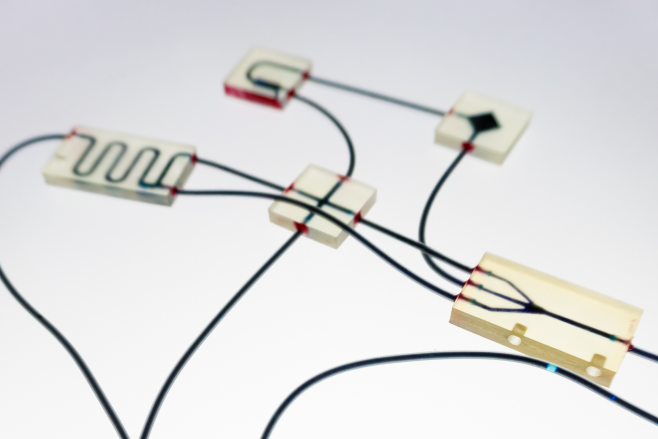The Institute for Electronics and Nanotechnology provides support to those engaged in nanotechnology research by the awarding of seed and faculty research grants, providing advanced fabrication infrastructure and staff support in the IEN cleanrooms, proposal development support, industry relations assistance, financial, marketing and event planning, and communications support for IEN affiliate’s research and events.
The Institute for Electronics and Nanotechnology's strategic investments are focused on the miniaturization and integration of micro and nano electronics and to further this mission, supports multiple active centers and programs working in this interdisciplinary field.
3D Systems Packaging Research Center
The Georgia Tech 3D Systems Packaging Research Center (PRC) is a graduated NSF Engineering Research Center focusing on advanced packaging and system integration leading to System on Package (SoP) technologies. The center conducts research and education in all aspects of packaging that includes design, materials, process, assembly, thermal management and integration driven by applications, which include broad areas such as high performance computing, artificial intelligence, automotive, broad band wireless and space.
Center for Compound Semiconductors
The Center for Compound Semiconductors (CCS) is a focal point for research and educational collaborations in the Georgia Tech community related to compound semiconductors, including conventional and nanotechnology materials and devices.
The Center's main research thrusts are:
semiconductor materials and devices
epitaxial growth by metalorganic chemical vapor deposition
heterojunction structures in III-V compound semiconductors
Center for Human-Centric Interfaces and Engineering
Seed funded by the Institute for Electronics and Nanotechnology, the CHCIE seeks to enhance human health via multi-disciplinary research collaboration, which brings a unique opportunity to Georgia Tech to tackle the healthcare grand challenge. The center is making fundamental breakthroughs in human-centered design, machine learning, biofeedback control, and integrated nanosystem, which significantly advances human-machine interaction and human healthcare.
Computational Skins for Multi-functional Objects & Systems
The Computational Skins for Multi-functional Objects & Systems (COSMOS) vision. All physical objects and surfaces are embedded with dense, energy efficients nodes that can process, store, and communicate sensor data. Achieving this vision requires tackling difficult manufacturing, materials, devices, and systems challenges and requires an interdisciplinary approach..
Flex@Tech
Flexible Electronics Advanced Research at the Georgia Institute of Technology is a campus-wide, multidisciplinary research, development, manufacturing, and workforce development initiative, involving numerous faculty, engineers, graduate and undergraduate students from across Georgia Tech. The program members work with other institutions, industry, and government agencies developing and implementing new technologies and manufacturing methods for Flexible Electronics.
Georgia Electronic Design Center
The Georgia Electronic Design Center (GEDC) is a cross-disciplinary electronics and photonics research center focused on the synergistic development of high-speed electronic components and signal processing for wireless communications, radar and sensor systems and optical networks. As one of the world’s largest university-based semiconductor research centers, the mission of the GEDC is to enable our industry partners to be technology leaders and to quickly transfer the innovations of our faculty and students to industry for commercialization.
The Atlanta Center for Microsystems Engineered Point-of-Care Technologies
ACME-POCT is focused on the development and translation of microsystems-engineered technologies including microchip-enabled devices including microelectromechanical systems (MEMs)-based sensors, microfluidics, and smartphone-based systems. Our overall mission is to assist and enable inventors and clinicians developing MEMs based POC technologies to refine their technology with the objective of accelerating the path to translation and clinical adoption.
Muscle-Inspired Actuators for Multi-scale Robotics (MIAMuR)
MIAMuR bridges novel nanofabrication techniques used in MEMS technology to the area of robotics, to build micron to centimeter-scale robots. The unresolved challenges in this area include delivering energy to microbots, realization of high-force, giant stroke and low-power actuators for efficient locomotion in meso-scale robots, and providing control to such small-scale robotic systems.
Georgia Tech Quantum Alliance (GTQA)
At Georgia Tech more than 80 faculty and GTRI researchers are active at the forefront of research in quantum sciences and technologies. Seed funded by the Institute for Electronics and Nanotechnology, the GTQA seeks to pave the way towards solving computationally hard and challenging problems in optimization, cryptography, and artificial intelligence; but also allow scientists and engineers to better understand matter, material systems and the electronic state of quantum many-body systems.
University Center of Excellence for Photovoltaics (UCEPT)
UCEPT’s mission, under the direction of Dr. Ajeet Rohatgi, is to improve the fundamental understanding of the science and technology of advanced PV devices, to fabricate record high efficiency solar cells, to provide training and enrich the educational experience of students in this field, and to give the U.S. a competitive edge by providing guidelines to industry and DOE for achieving cost-effective and high-efficiency PV devices.

